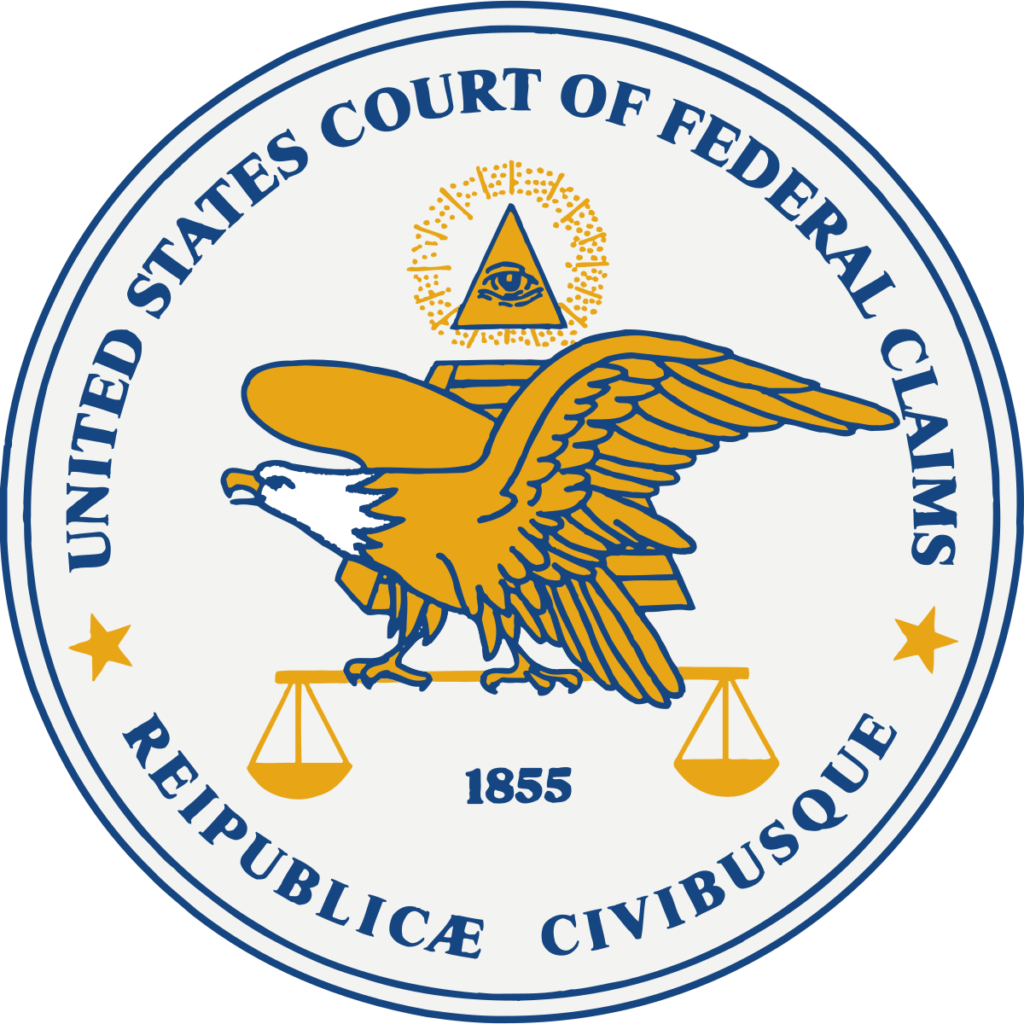In Space Exploration Technologies Corp. v. United States (Aug. 26, 2019), the Court of Federal Claims determined that it lacked jurisdiction to hear a protest of an other transactions agreement (OTA). The OTA award was related to a FAR-governed procurement, but this was not enough of a jurisdictional hook.
DoD is authorized to enter into OTAs, which are agreements that are not procurement contracts or cooperative agreements. 10 U.S.C. § 2371. DoD enters OTAs to fund research and development. Because OTAs are not procurement contracts, they are not subject the federal statues or regulations—including the FAR—that govern procurements.
In Space Exploration, the Air Force issued a solicitation for OTAs to develop space launch services, including rocket propulsion systems and launch vehicles. The solicitation was part of multi-step program to maintain space security. Under the initial OTAs, the Air Force would fund development of prototype launch systems. Then, under Phase 2 of the program, the Air Force would conduct an open competition, not limited to the Phase 1 participants, and award contracts for launch services.
The Air Force awarded launch development OTAs to three offerors: Blue Origin, LLC; United Launch Alliance, LLC; and Orbital Sciences Corporation. As a disappointed offeror, Space Exploration Technologies Corp. (SpaceX) filed a COFC protest challenging the Air Force’s evaluation. But the court dismissed the case for lack of subject matter jurisdiction.
COFC is authorized to hear bid protests under the Tucker Act, which grants the court jurisdiction over protests challenging the “award of a contract or any alleged violation of statute or regulation in connection with a procurement . . . .” 28 U.S.C. § 1491(b)(1).
While OTAs are not procurement contracts, SpaceX argued the development OTAs were made “in connection with a procurement.” It argued that they were clearly related to the Phase 2 procurement, which would be an open competition conducted under the FAR. Indeed, it was evident, at least to SpaceX, that the contractors who developed prototypes under the OTAs would compete to provide the launch services in Phase 2.
But the court found that the development OTAs and the Phase 2 procurement were like out-of-touch cousins—related but not connected to each other. The court found the following distinguishing factors compelling:
- The development OTAs and Phase 2 procurement involved separate solicitations. Each was a distinct step, with different time frames and objectives, in a multi-phase program.
- The OTAs and the Phase 2 procurement employed different acquisition strategies. The OTAs relied on DoD’s authority to enter OTAs; Phase 2 was a FAR-based competition.
- The OTAs and Phase 2 procurement had different goals. The OTAs were intended to increase the pool of launch vehicles. The goal of the Phase 2 procurement was to actually acquire launch services.
- The OTAs did not seek actual goods and services, while Phase 2 involved the procurement of tangible launch services.
- SpaceX conceded it would compete in Phase 2 even though it had not received a Phase 1 OTA.
SpaceX had moved in the alternative for a change of venue to a court in which it could have brought the case if the COFC ruled against it. It did so under 28 U.S.C. § 1631, which allows a federal court to transfer a case to another venue if it could have been properly brought in that venue and if the transfer serves the interests of justice. Here, the COFC transferred the case to the U.S. District Court for the Central District of California, where both SpaceX and the Air Force office that awarded the OTAs are located It found that SpaceX had asserted non-frivolous claims about the Air Force’s evaluation, and so a transfer served the interests of justice.
Here are the takeaways from the decision:
First, SpaceX indicates that the COFC is hesitant to entertain protests of OTAs.
Second, if a contractor does challenge an OTA before the COFC, the connection between the OTA and some other FAR-government procurement must be robust, such as being a required entry into a later procurement.
Third, if a contractor cannot challenge an OTA before COFC, it may protest in federal district court.
Fourth, regardless of whether you’re before the COFC or a district court, when opposing a motion to dismiss for lack of jurisdiction, move in the alternative for a transfer of venue.
